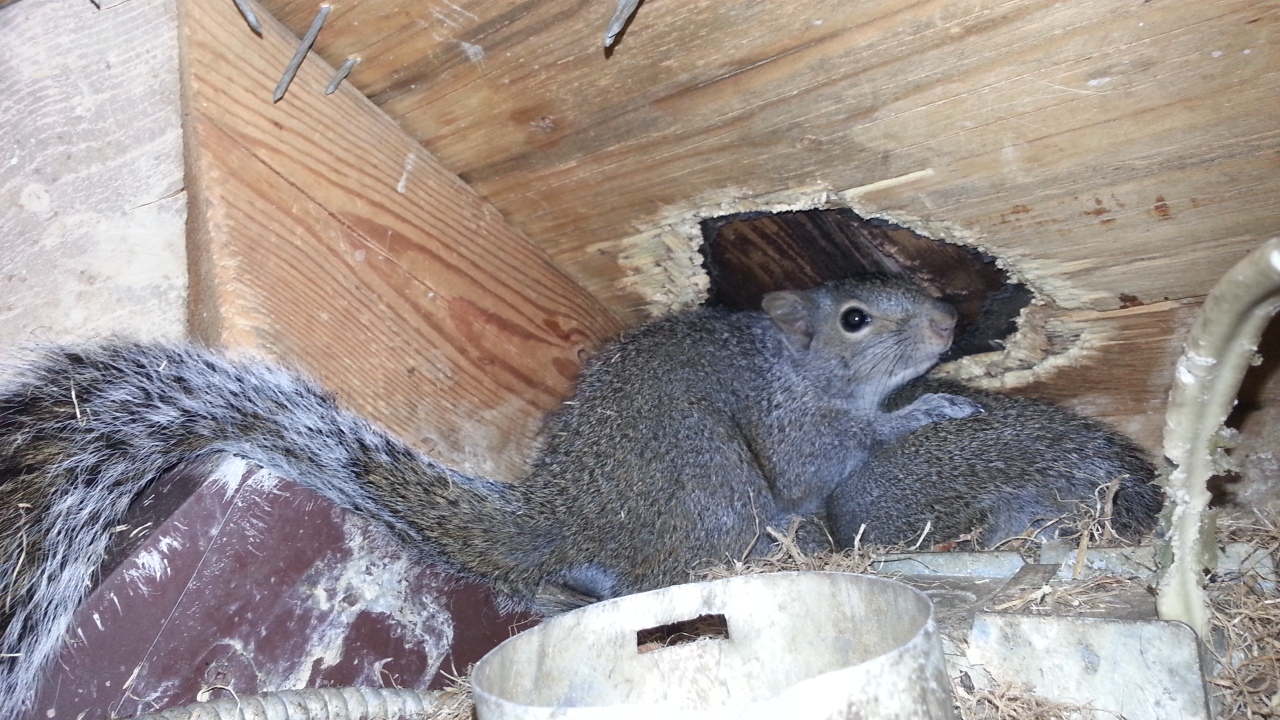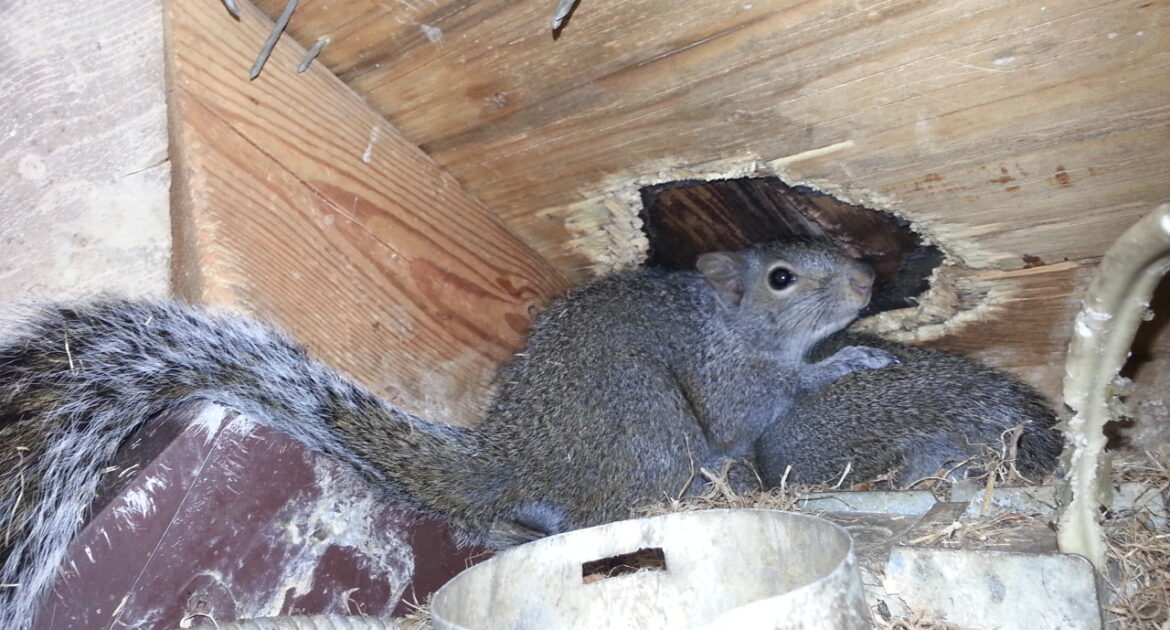Diurnal is the opposite of nocturnal. Nocturnal animals are awake at night and sleep during the day, and sounds coming from your attic at night can alert you to the fact that you need mice removal, for example. Diurnal animals sleep at night and are awake during the day. There are some diurnal animals that can get into your home and make a nest or den there, so it is a good idea to learn all about them.
Are All Animals Either Nocturnal Or Diurnal?
It is common to classify animals as either diurnal or nocturnal, but this is a bit of an oversimplification. For example, some animals are crepuscular, meaning that they are most active at dawn and dusk. The skunk is a good example of a crepuscular animal that many people wrongly refer to as nocturnal. Others are auroral, meaning that they are active at dawn and then spend the rest of the day and night sleeping. Some animals are cathemeral, meaning that they are active at intermittent times during both day and night.
Nevertheless, there are plenty of animals that can be said to be straightforwardly diurnal.
What Are Some Examples of Diurnal Animals?
Human beings are generally diurnal, and so are some of the animals people keep as pets. Dogs are diurnal, which may be part of the reason that they get along so well with humans.
Most tree squirrels are diurnal, as are most small birds. In both cases, there are a few exceptions. Flying squirrels are active at night, as are nightingales, which is how they got their name. There are also crepuscular bird species that you are more likely to see — or, more likely, hear — after the sun goes down.
Predators that prey on birds and squirrels are more likely to be diurnal as well. The coyote is a good example, as are hawks and eagles.
Why Are Some Animals Diurnal?
Scientists believe that, at one point, most animals were diurnal. Over time, some evolved to be nocturnal to take full advantage of the opportunities that nighttime had to offer. It is common for one species to be diurnal and a related species to be nocturnal, and this is beneficial to both because the two species aren’t competing for resources.
Some animals are diurnal because they are attracted to light. They have sharp eyesight, which helps them to find food in the daytime. Some animals are diurnal because temperatures are higher during the daytime, meaning that their bodies don’t have to work as hard to maintain normal temperatures. Some animals are sensitive to humidity, so they are active during the day when it is drier.
Why Is It Sometimes Difficult To Detect Intrusion by Diurnal Animals?
You might think that, because human beings are diurnal, it would be easy to detect when diurnal animals are in your home. In fact, the opposite is true. Nocturnal animals often alert you to their presence by moving around when the house is usually quiet. Diurnal animals are waking up and getting ready to forage while you are also getting ready to start your day. Chances are that most of your family goes to work or school during the day, so if animals are making noise in your attic, no one is around to hear them.
Nevertheless, diurnal animals may leave signs of their presence. Look for holes around your house where animals can fit in. They may have stains of urine or feces around them. Listen in the early morning before you get up for sounds in the attic, as well as in the evening. Diurnal animals are getting ready for bed about the same time you are.
If you have any reason to believe that a wild diurnal animal has made its way into your home, call Skedaddle Humane Wildlife Control in Milwaukee. We remove animals humanely without harming them or putting your family at risk.




